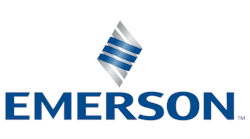Dear Ms. Tucker,
This letter is a follow-up to the article published in the January 2018 issue, "Critical level control ensures highest efficiency for desalter units."
Over the years, many different measurement technologies have been used to determine the oil/water interface level in separation vessels. Based on the characteristics of the oil/water interface in a refinery’s desalter unit, technologies such as differential pressure, capacitance and guided wave radar can — and often will — be affected adversely by the presence of interface emulsions. In primary and even secondary desalters, varying interface emulsions are frequently commonplace, particularly for refineries that process heavy, sour crudes. For instances where interface emulsions vary in a desalter, a radiometric interface profiling system is the recommended solution.
Radiometric instrumentation has been the go-to level technology for the most challenging oil refining applications for decades. An interface profiling system accurately provides desalter operators with the exact location of their interface emulsion using externally mounted, radiometric density instruments. By understanding where the location of the interface emulsion is in the desalter, overall desalter unit optimization can occur.
While guided wave radar is a great technology for desalter applications with a defined interface, operators working with varying interface emulsion conditions may also consider a radiometric based interface profiling system to optimize desalter unit operation.
Sincerely,
Tai Piazza
VEGA Americas Inc. — Refining Industry Manager
[email protected]


